| |
|
|
|
Beautiful living rooms in natural homes
around the world, part: |
 |
 |
 |
|
|
|
|
The living room is where people go to relax, sit,
stretch out, read and socialise. It's often the centre piece of
the house. A place that tells your visitors who you are, your
style and taste. It's a place where people often display 'things
from their life', one of the design patterns,
No. 253. It's a place that must cater for all sorts of
different people's shapes and sizes which should be reflected in the
seats on offer; Alexander's design pattern No.251. Many of these living rooms have seats built in to
the structure of the building but also have occasional chairs to
add variety to the room. A living room looks at its most homely
if, as
Christopher Alexander recommends you, "never furnish any place
with chairs that are identically the same. Choose a variety of
different chairs, some big, some small, some softer than others...
some old, some new".
|
|
|
|
|
|
|
|
|
|
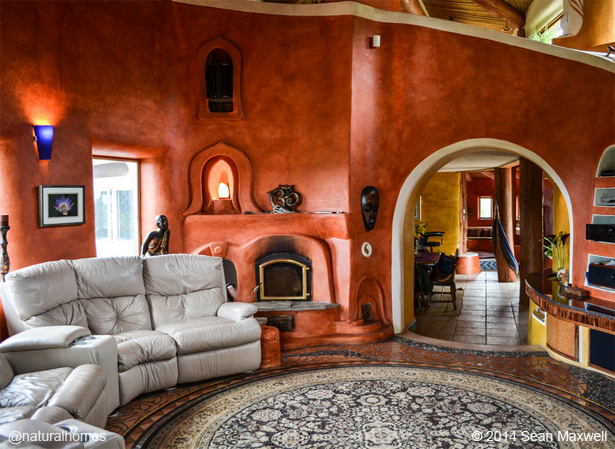 |
|
| |
|
|
|
|
The living room above right, which belongs to the house
above left, has views over the Susquehanna River and was built by David
Kin as a centre to Native American philosophy. With some initial design support from Sigi Koko at
Build
Naturally, David spent seven years of evenings and weekends
working on the 4,000 square foot (370m2) straw bale house in Hellam
Township, Pennsylvania, USA. |
|
| |
|
|
|
|
|
|
|
|
|
This is Rachel's living room in her off-grid straw bale home
called Quiet
Earth in Wales. Rachel's home became famous when she won the
2009
Grand Designs eco-house award.
Rachel's home is full of curves, soft colours and filtered light
as the sunlight weaves its way through the woodland trees. The
living room has a very unique feature where one wall sits on blue
glass bottles which you can see here behind the wood burning
stove. |
|
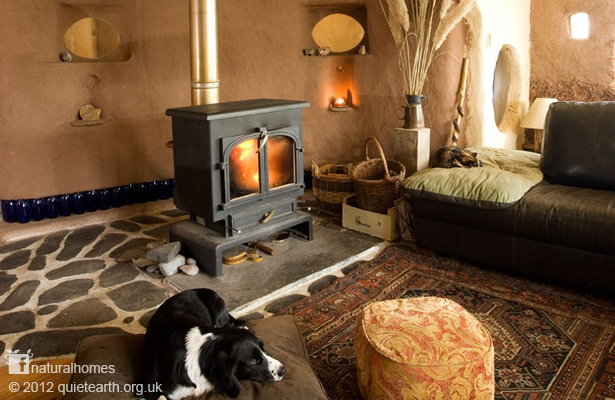 |
|
|
|
|
|
|
|
|
|
|
Matmâta and other desert settlements in Tunisia have wonderful
underground homes built to avoid the intense heat and strong
desert winds. The homes are made by digging a large pit some 7m
(23ft) deep and 10m (33ft) wide and then, around the sides of the
pit, tunnelling in a few meters before cutting artificial caves.
Matmâta, and a handful of similar towns across
Tunisia, is situated on a shelf of sandstone that is soft enough
to excavate with hand tools, but sturdy enough to provide homes
for centuries. |
|
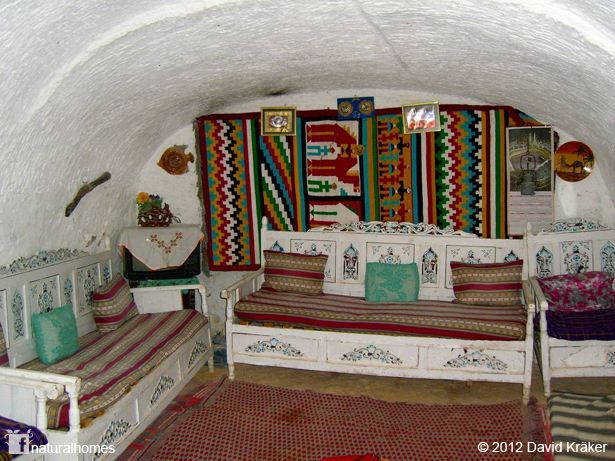 |
|
|
|
|
|
|
|
|
|
|
|
|
|
|
How wonderful to wake to the sun streaming in the window of the
straw bale home you built with your young family as it lights the
view of the Welsh valleys. This is Simon Dale's new home in
Lammas
ecoVillage. It cost about $6,000 to build, maybe a bit less.
Here's a video about Simon's first
straw bale home. Simon has built several homes and
helped build many others like Charlie's
straw bale house. |
|
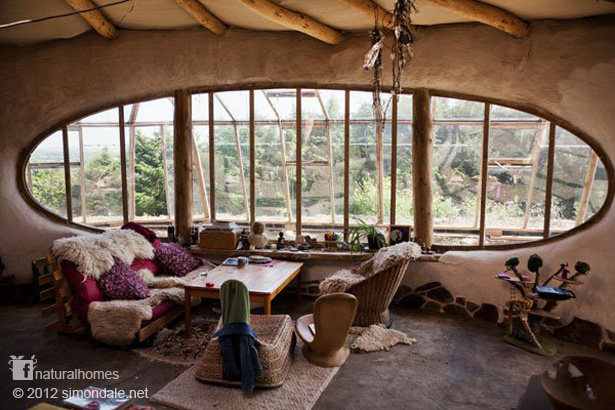 |
|
|
|
|
|
|
|
|
|
|
|
|
This home was the first fully permitted cob house in Canada. It
was a collaboration between Pat and Tracy of
Cob Works
with Ianto of
Cob Cottage Company and
Elke Cole
with a team of volunteers. The roof is totally load bearing on the
cob walls. The house, built in 1999, is 600 sq.ft (56m2) on 2
floors and cost about $56,000 (£35,000).
|
|
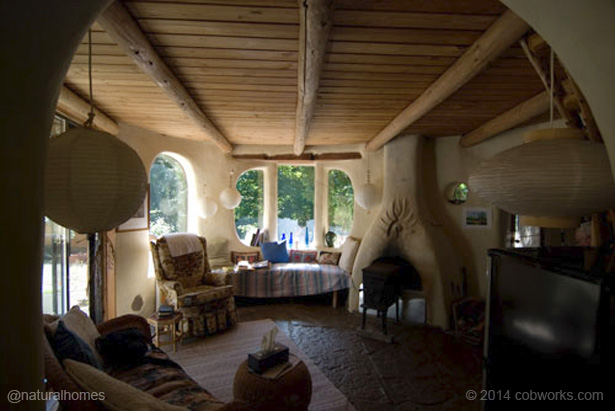 |
|
|
|
|
|
|
|
|
|
|
|
|
These are
beehive homes in Harran, Turkey near
the border with Syria. Beehive homes stay cool in the desert
heat. Their thick mud brick (adobe) walls trap the cool and
keep the sun out. Beehive homes have few, if any, windows. The high domes collect the hot air, moving it away
from people at the bottom of the house keeping the
interior around 75°F (24°C) while outside extremes range from
95°F (35°C) to 32°F (0°C).
|
|
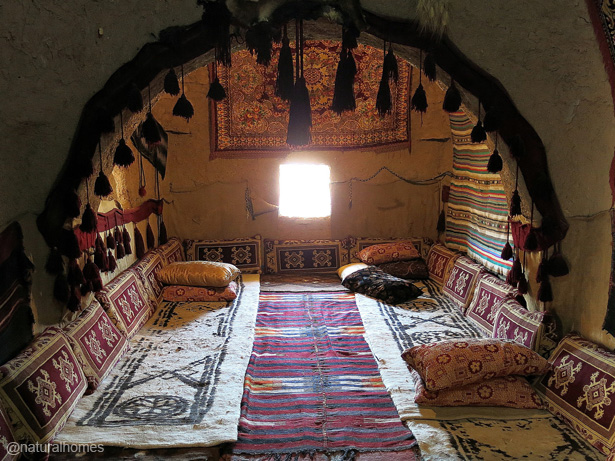 |
|
|
|
|
|
|
|
|
|
|
|
|